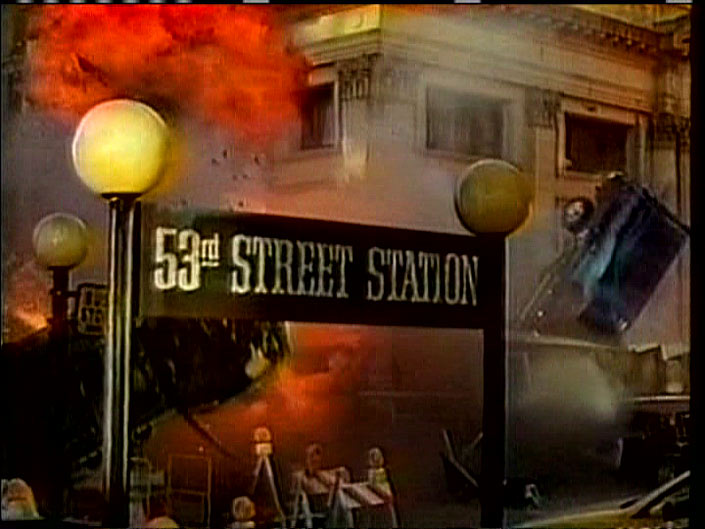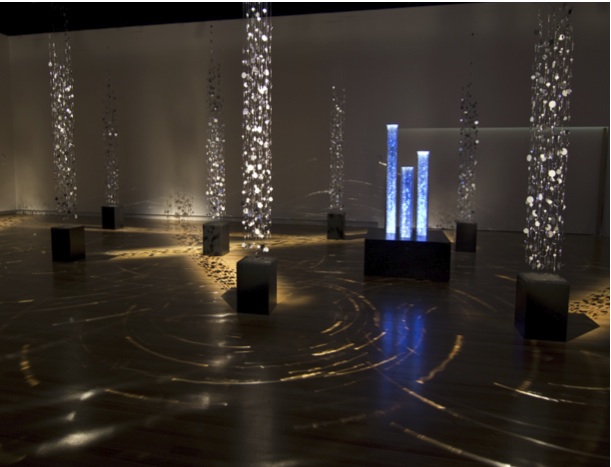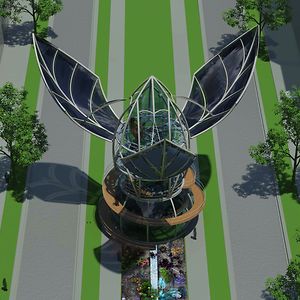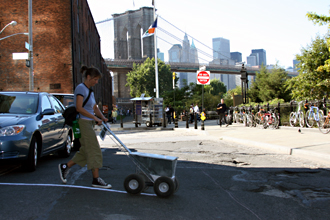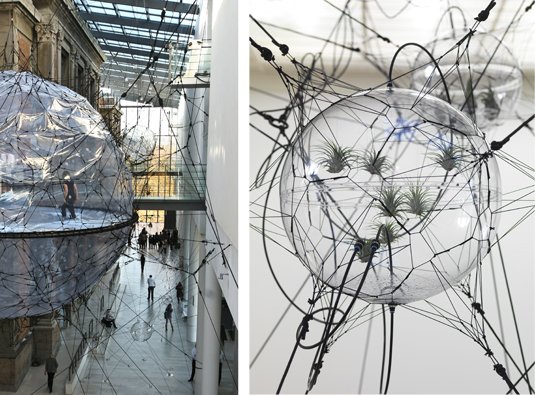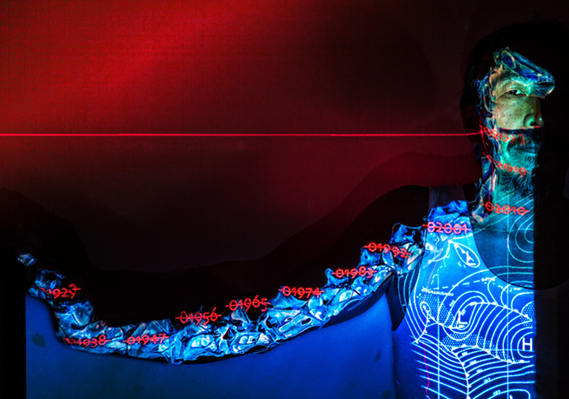Carbon Ecologies
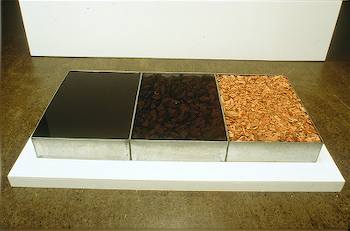
Australian artist, curator and environmentalist Richard Thomas, has been working for over 20 years in various media exploring the intersect of art, culture and environment, including the carbon cycle and climate change. His 2008 project Carbon Ecologies, exhibited a range of works by different artists on the themes of the carbon economy and management in different countries, including a video works, painting, photography and installation. Local brown coal burnt in real time to generated the electricity which lit the exhibition.

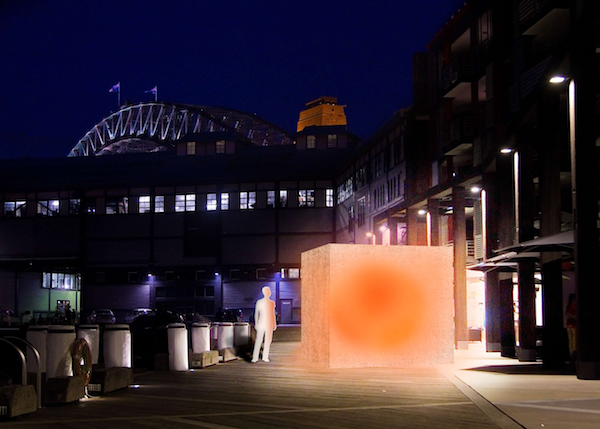
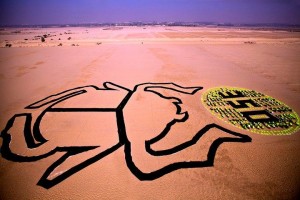
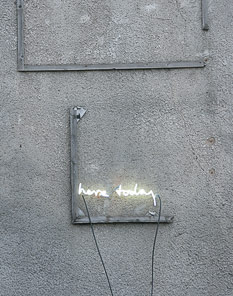

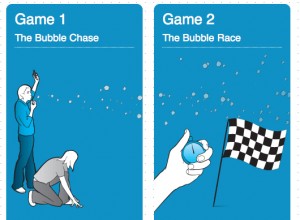

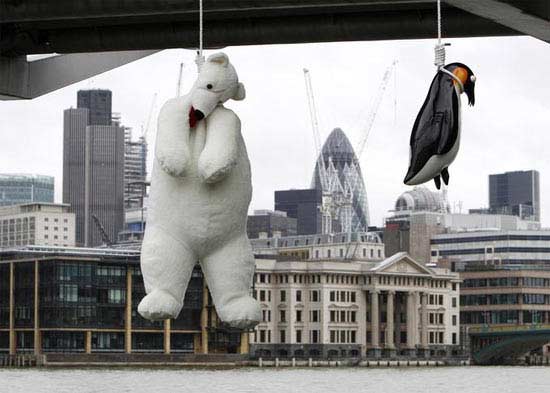
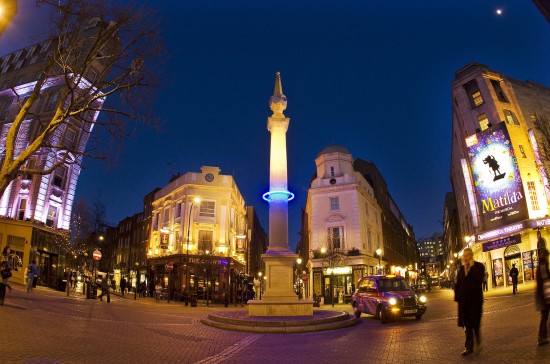
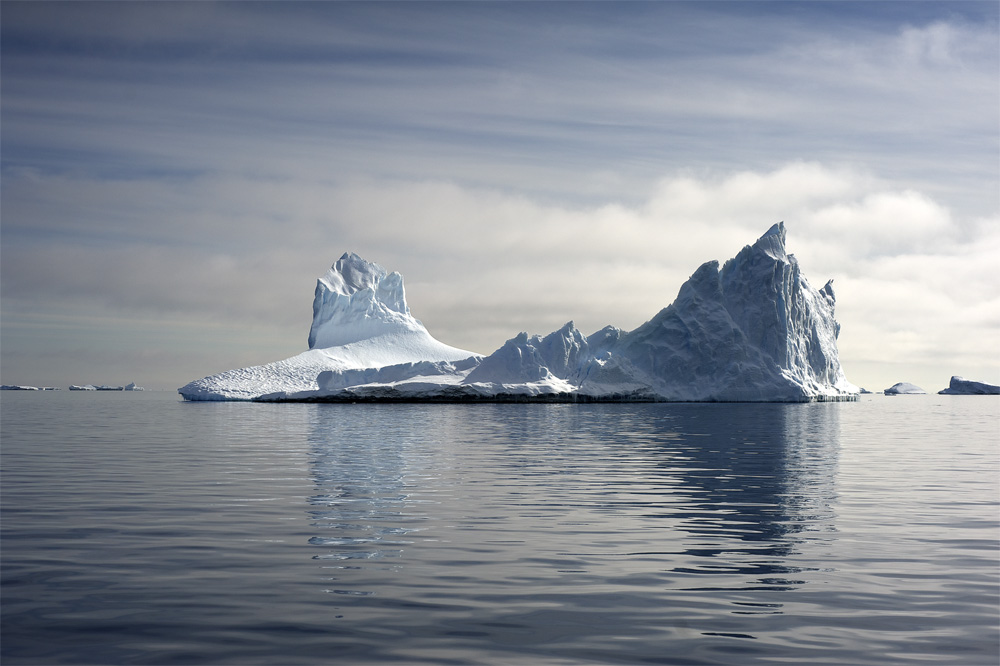
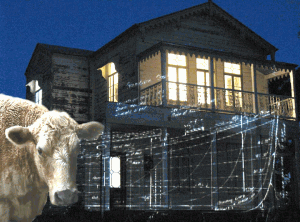

 On the floodplain of the Avoca River in rural Australia an Ark materialises as a projection layered onto Watford House, home to The Avoca Project. Sounds and images of those animals already inside are heard and accompanied by thunder and lightning. As the boat takes shape against the night sky, people from Avoca and their guests line up at the gangplank for entry, disguised as animals. A poignant reminder of the fragility of species survival in light of climate changes and the spirit of a community to respond.
On the floodplain of the Avoca River in rural Australia an Ark materialises as a projection layered onto Watford House, home to The Avoca Project. Sounds and images of those animals already inside are heard and accompanied by thunder and lightning. As the boat takes shape against the night sky, people from Avoca and their guests line up at the gangplank for entry, disguised as animals. A poignant reminder of the fragility of species survival in light of climate changes and the spirit of a community to respond.